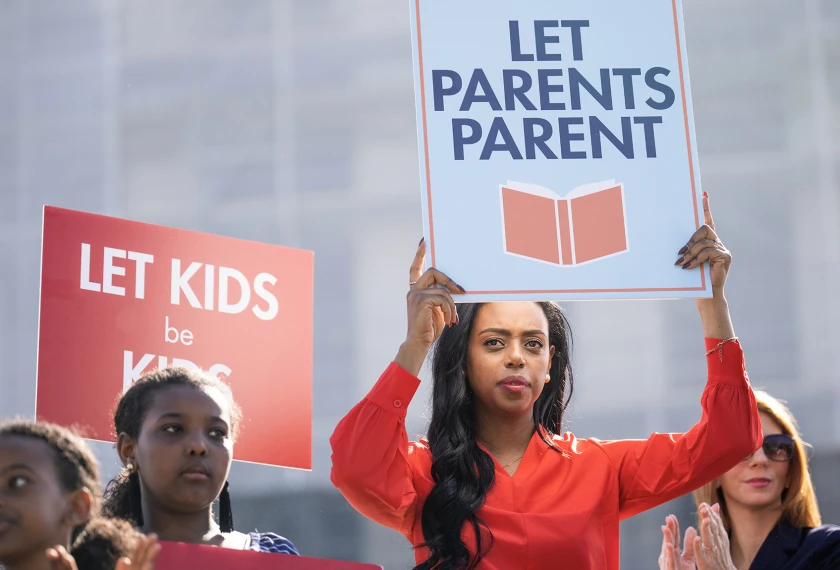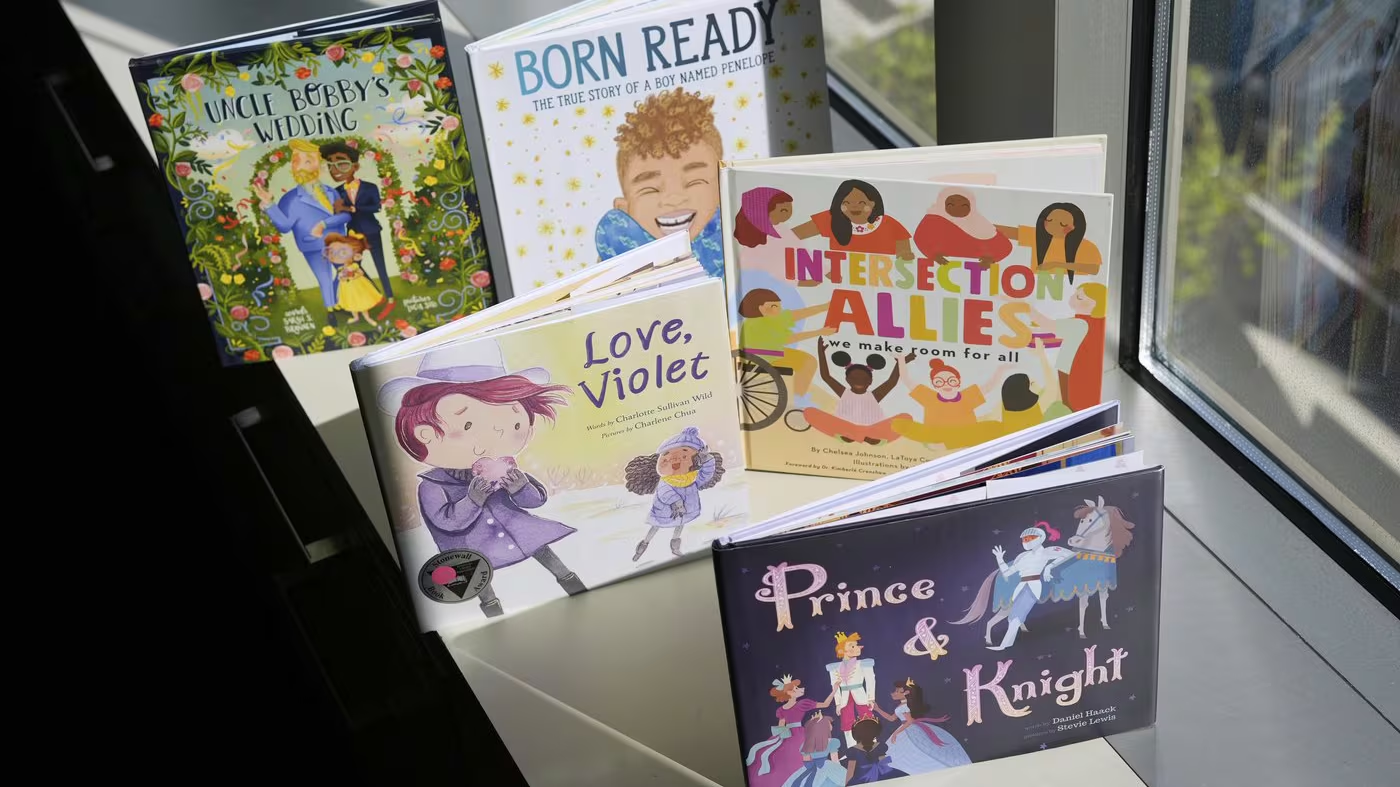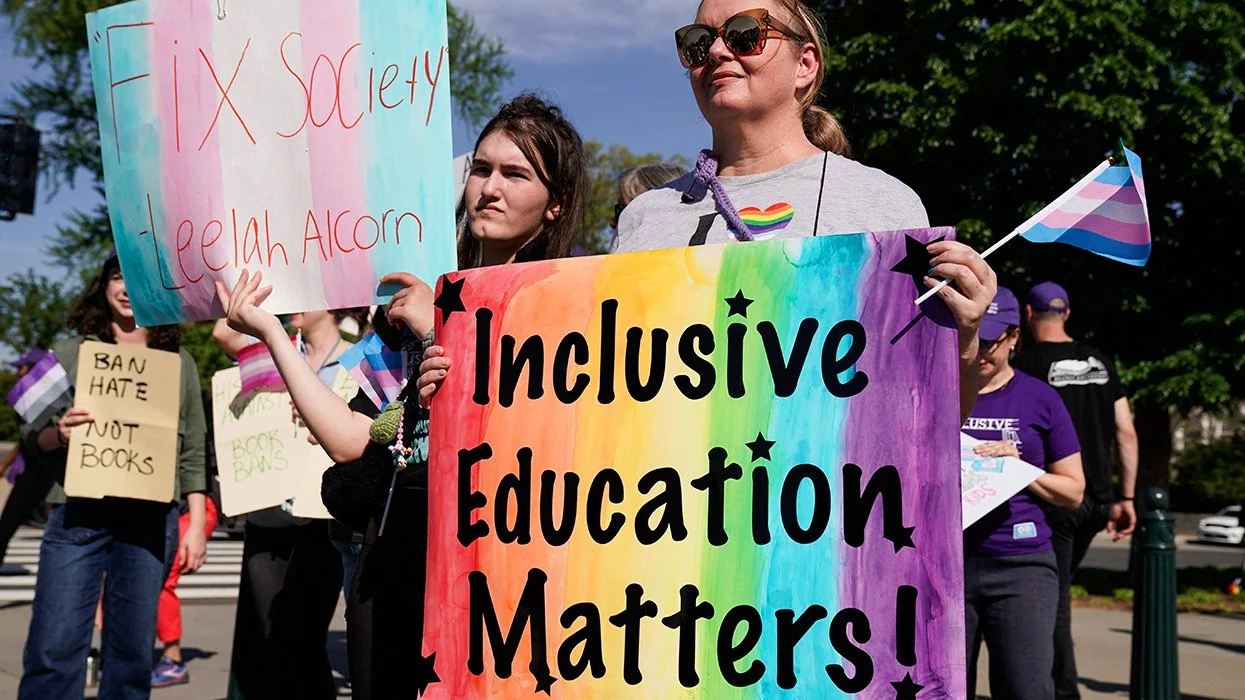The U.S. Supreme Court recently delivered a landmark decision that has ignited a nationwide conversation about parental rights, religious freedom, and inclusive education. On June 27, 2025, the Court ruled 6-3 in the case Mahmoud v. Taylor, allowing parents in Montgomery County, Maryland, to opt their children out of public school lessons featuring LGBTQ-themed storybooks. This ruling, rooted in First Amendment protections for religious freedom, marks a significant moment in the ongoing debate over how schools balance inclusivity with individual beliefs. Consequently, educators, parents, and advocacy groups now grapple with the implications of this decision, which could reshape classroom dynamics across the country.
The Mahmoud v. Taylor case
Case began when a coalition of Christian, Muslim, and Jewish parents challenged the Montgomery County Public Schools’ policy. In 2022, the school district introduced LGBTQ-inclusive storybooks, such as Uncle Bobby’s Wedding and Born Ready: The True Story of a Boy Named Penelope, into its elementary curriculum. Initially, parents could opt their children out, but the district later reversed this policy, citing disruptions. This change prompted a lawsuit, with parents arguing that the lack of an opt-out option violated their right to direct their children’s religious upbringing. The Supreme Court, in a decision penned by Justice Samuel Alito, agreed, stating that the policy placed an “unconstitutional burden” on parents’ religious freedom.
However, the ruling has sparked polarized reactions. Supporters of the decision, including parental rights groups like Kids First, celebrate it as a victory for religious liberty. Grace Morrison, a board member of Kids First, declared, “The Supreme Court sent a powerful message: parents do not take a back seat when it comes to raising their kids.” Conversely, critics, including LGBTQ advocacy organizations, warn that the ruling could marginalize LGBTQ students and undermine inclusive education. Karen Loewy of Lambda Legal emphasized the need for curricula that reflect diverse identities, arguing that opt-outs create a “grey zone” for subjects like science and history.
The Legal Backbone of the Supreme Court LGBTQ Opt-Out Ruling
The Supreme Court’s decision hinges on the First Amendment’s Free Exercise Clause, which protects individuals’ rights to practice their religion. Justice Alito’s majority opinion clarified that denying parents the ability to opt out of lessons that conflict with their beliefs infringes on this right. The Court’s conservative justices, who formed the majority, viewed the Montgomery County policy as coercive, particularly for young students exposed to themes of same-sex marriage and gender identity. In contrast, the Court’s three liberal justices dissented, with Justice Sonia Sotomayor arguing that the ruling grants parents a “veto power” over school curricula, potentially chilling inclusive education efforts.
This ruling aligns with a broader trend of Supreme Court decisions bolstering religious rights. For instance, recent cases have upheld businesses’ rights to refuse services for same-sex weddings and supported religious tax exemptions. The Mahmoud v. Taylor decision further blurs the line between secular education and religious beliefs, raising questions about how schools can accommodate diverse perspectives without compromising inclusivity. As a result, educators now face the challenge of navigating a complex landscape where parental objections could extend beyond LGBTQ content to other topics, such as evolution or climate change.

Impact on Schools and Educators
The Supreme Court LGBTQ opt-out ruling has immediate implications for school districts nationwide. In Montgomery County, educators must now provide advance notice and opt-out options for lessons involving LGBTQ-themed materials. This requirement could complicate classroom planning, as teachers may need to prepare alternative activities for opted-out students. Tiferet Ani, a former Montgomery County teacher, expressed concern that the ruling deprives students of exposure to diverse identities, stating, “Students shouldn’t be denied the chance to learn about the existence of LGBTQ+ people.”
Moreover, the decision may encourage other districts to self-censor, avoiding LGBTQ-inclusive content to sidestep potential lawsuits. This fear of litigation could stifle efforts to create inclusive classrooms, particularly for LGBTQ students who already face disproportionate discrimination. Fatima Goss Graves, CEO of the National Women’s Law Center, emphasized, “Book bans and censorship will not erase LGBTQIA+ people from our communities.” The ruling’s ripple effects are already evident, with Long Island school leaders anticipating changes in how they handle opt-out requests.
Voices from the Community
The Supreme Court LGBTQ opt-out ruling has elicited strong reactions from both supporters and opponents. On one hand, posts on X reflect jubilation among those who view the decision as a safeguard against “indoctrination.” For example, users like @LilaGraceRose praised the Court for “protecting children and religious families.” On the other hand, advocates like Paul Rauschenbush, a Baptist minister, fear the ruling could extend to opting out of lessons about other marginalized groups, further isolating minority students. These contrasting sentiments highlight the deep divide over how schools should approach sensitive topics.
Educators like Rosenberg, a teacher quoted by ABC News, worry that the ruling sends a message that LGBTQ identities are “controversial or unwelcome.” This perception could undermine efforts to foster respectful learning environments. Meanwhile, parents advocating for the opt-out argue that their religious values should take precedence in shaping their children’s education. The tension between these perspectives underscores the challenge of balancing individual rights with collective inclusivity.

The Broader Implications
Beyond Montgomery County, the Supreme Court LGBTQ opt-out ruling sets a precedent that could influence education policy nationwide. Critics warn of a “slippery slope” where parents might demand opt-outs for any content conflicting with their beliefs, potentially disrupting curricula on topics like racial history or scientific theories. The American Civil Liberties Union argued that the Montgomery County policy was religion-neutral, designed to promote inclusivity without coercing students to adopt specific beliefs. However, the Court’s decision prioritizes parental rights, potentially at the expense of broader educational goals.
Additionally, the ruling coincides with a politically charged climate. With conservatives, including President Donald Trump, pushing to roll back LGBTQ protections, the decision amplifies existing tensions. The Supreme Court’s recent upholding of Tennessee’s ban on gender-affirming care for minors further signals a conservative shift in rulings affecting LGBTQ rights. As schools prepare for the upcoming academic year, administrators must navigate these legal and cultural complexities while striving to maintain inclusive environments.
Looking Ahead As the Mahmoud v. Taylor case returns to lower courts for further review, its long-term impact remains uncertain. Schools may need to implement clearer opt-out policies, but doing so could exacerbate divisions among students and families. Advocates for inclusive education urge districts to resist self-censorship and continue fostering environments where all identities are respected. Meanwhile, parental rights groups view the ruling as a triumph, empowering families to shape their children’s education according to their values.
The Supreme Court LGBTQ opt-out ruling underscores the delicate balance between religious freedom and inclusive education. As debates continue, educators, parents, and policymakers must work together to ensure that schools remain places of learning and growth for all students, regardless of identity or background. The path forward will require open dialogue, creative solutions, and a commitment to respecting both individual beliefs and collective diversity.

